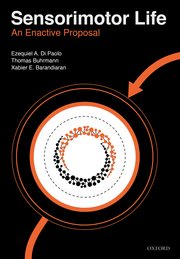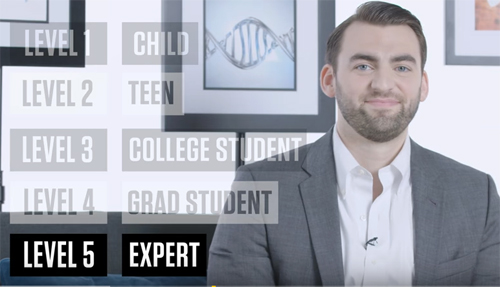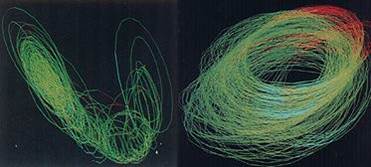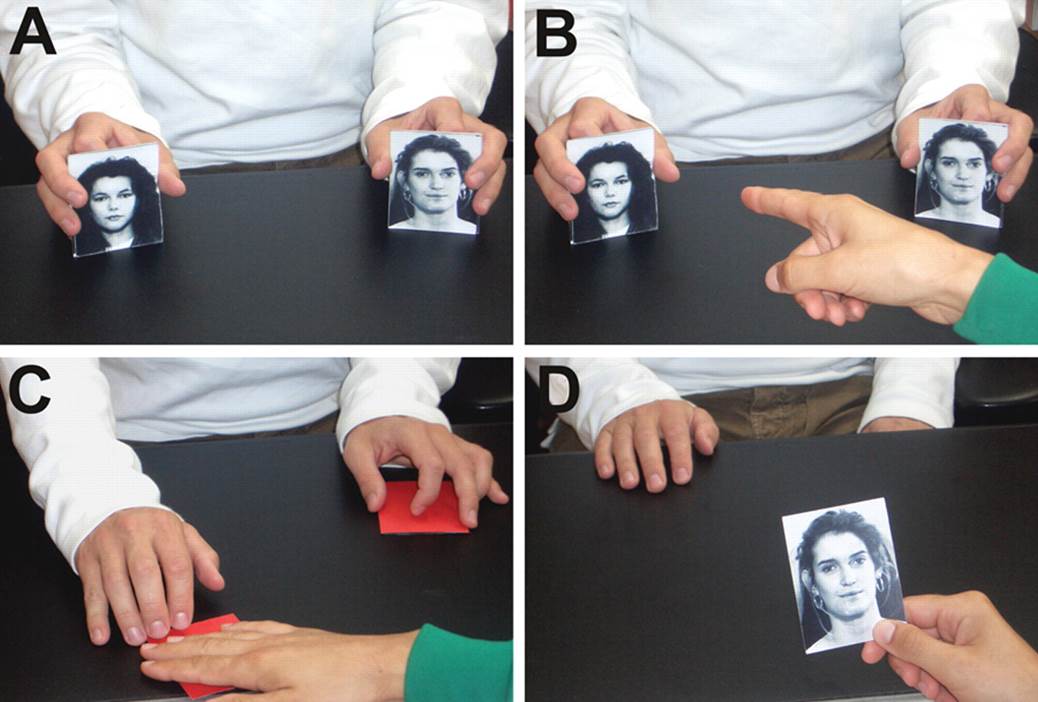Thursday, 16 August 2018
Human Brain Networks Operate on a Unimodal/Multimodal Gradient

This week I’d like to tell you about an article published in the journal PNAS in 2016. It is of interest because it does something that is extremely valuable in the realm of science: it shows how two bodies of data converge into a single phenomenon and thereby helps us to understand some things that were less clear before. Let me explain.
The article, by Daniel S. Margulies and no fewer than 11 co-authors, is entitled “ Situating the default-mode network along a principal gradient of macroscale cortical organization”. In slightly simpler terms, their study involved situating the brain’s default mode network along a large-scale organizational gradient within the cerebral cortex. Okay, let me explain further. (more…)
From the Simple to the Complex | No comments
Friday, 27 July 2018
Two Books on the Enactive Approach in Cognitive Science

This week, I’d like to tell you about two books on the philosophy of cognitive science. Both of them were published in 2017, and both of them deal with the enactive approach first proposed in the 1990s by pioneers such as Francisco Varela and Evan Thompson. Since then, the enactive approach has become a major research topic in contemporary cognitive science, so it is no surprise that entire books are now devoted to it.
The first of these two books is Sensorimotor Life: An Enactive Proposal, by Ezequiel Di Paolo, Thomas Buhrmann and Xabier E. Barandiaran. (more…)
Body Movement and the Brain, From Thought to Language | No comments
Wednesday, 4 July 2018
Explaining Science Not at Three Levels But at Five
 This week I’d like to draw your attention to a series of videos that the U.S. magazine Wired published on YouTube in spring 2017. In each episode of this series, an expert in a particular scientific field explain a complex concept in that field to five different people: a 5-year-old, a teenager, a college student, a graduate student and a colleague who is also an expert in that field. Thus you watch the expert explain the same concept five times—from the simplest possible explanation for the 5-year-old to a high-level discussion with the colleague. This is a highly original teaching approach that you don’t see very often, except on some websites where you can drill down from a simpler explanation to a second, more advanced one, or on a certain website about the human brain that provides three levels of explanation at five levels of organization (and whose author clearly must be obsessed with levels, probably because he read too much Laborit in his youth ;-P ).
This week I’d like to draw your attention to a series of videos that the U.S. magazine Wired published on YouTube in spring 2017. In each episode of this series, an expert in a particular scientific field explain a complex concept in that field to five different people: a 5-year-old, a teenager, a college student, a graduate student and a colleague who is also an expert in that field. Thus you watch the expert explain the same concept five times—from the simplest possible explanation for the 5-year-old to a high-level discussion with the colleague. This is a highly original teaching approach that you don’t see very often, except on some websites where you can drill down from a simpler explanation to a second, more advanced one, or on a certain website about the human brain that provides three levels of explanation at five levels of organization (and whose author clearly must be obsessed with levels, probably because he read too much Laborit in his youth ;-P ).
So you can understand why I couldn’t resist telling you about this web series, especially since one of the episodes deals with the connectome, a neuroscientific research topic that I have discussed previously in this blog and also teach in some of the courses that I give in French in Montreal. (more…)
From the Simple to the Complex | No comments
Tuesday, 12 June 2018
We Are Blind to Many of the Reasons for Our Conscious Choices
In a study that they conducted in 2005, entitled “Failure to detect mismatches between intention and outcome in a simple decision task”, Lars Hall and Peter Johansson uncovered a spectacular phenomenon. In this experiment, the researchers showed their subjects pairs of cards with pictures of two different people’s faces and asked their subjects to pick whichever of the two people they found more attractive. Once a subject had made this choice, the experimenter took back the cards and then, using a little sleight of hand, gave the subject back the card that he or she had not chosen and asked what it was about the person pictured that made them more attractive. Over 80% of the subjects failed to notice that they had been given the wrong card and actually provided the kind of verbal explanation requested—that it was the expressiveness of the person’s eyes or the overall harmoniousness of their features, or what have you. (more…)
From Thought to Language | No comments
Tuesday, 29 May 2018
What Chaos Physics Tells Us About the Dynamic Brain

Once upon a time, not that long ago in the history of neuroscience, the chaotic aspect of all of the brain’s neuronal oscillations was regarded as mere “background” noise. But that time is now past. The temporal dimension of brain activity, as expressed in cerebral rhythms, and the associated synchronization of neural activity, is now central to research in such complex areas as sleep and consciousness. Much of our current understanding of how the dynamic activity of the human brain can be chaotic and yet meaningful is owed to the pioneering research of Walter J. Freeman. (more…)
From the Simple to the Complex | No comments








